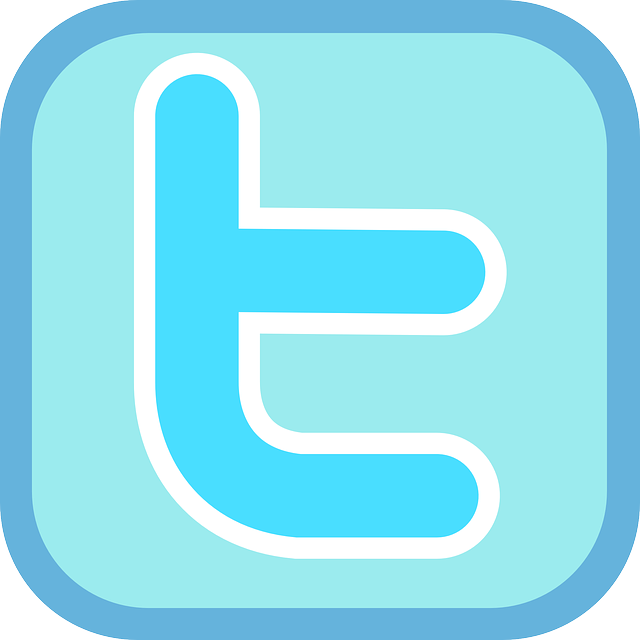 One very useful
feature in Twitter that seems to be left behind is its ability to create Lists.
Lists allow you to organize your Twitter feed in order for you to see tweets
coming from people with specific interests and expertise, or whatever reason
you might want to categorize into a group.
One very useful
feature in Twitter that seems to be left behind is its ability to create Lists.
Lists allow you to organize your Twitter feed in order for you to see tweets
coming from people with specific interests and expertise, or whatever reason
you might want to categorize into a group.
Twitter Lists are
useful because they let you view tweets from a select group of users. It's
almost like alternative Twitter logins, where you are following a unique set of
people. For example, you can create a list of your real-life friends so that
when you want to socialize with these group of people via Twitter, you can
avoid the hassle of scanning through other non-friend tweets in your main
Twitter feed.
Here are two important
things you need to know about Twitter Lists:
1.
You don't have to be following a user in order to add him or her
to a list.
2.
Tweets from your lists do not show up in your main or primary
feed.
If you're interested
on some Twitter accounts and would like to read them from time to time, but not
to the point where you want to see every single tweet they make on your primary
feed, you can bundle them into a list and then you can visit that list anytime
you find it convenient to check out their tweets. Yeah, I know, that's really
cool. Check out below some examples of Twitter Lists that you might find
applicable to you:
|
News sources
|
This is a common kind of list that you can create for those
group of Twitter accounts who make it a habit to tweet news. You can create
Lists with local news, global news, or you can even be more specific, such as
technology or science.
|
|
Friends and family
|
Show them how much you really care by creating a group just
for them so that their tweets will not get lost in your Twitter feed.
|
|
Colleagues or co-workers
|
Always be in the inner circle when it comes to the latest buzz
and happenings in your workplace by creating a central place to check it all.
|
|
Competitors
|
This is ideal for those in the business industry -- add
accounts in your private list to easily check on the latest tweets and
secretly find out some sneak peek or "behind-the-scenes" of your
competitor(s).
|
|
Topics of interest
|
Depending on your interests and hobbies, you may also follow
bloggers, sports teams, authors, artists, or other people who tweet about a
particular interest to you. You may also consider making a list for funny
tweets or a private list of #NSFW (not safe for work) tweeters.
|
And finally, here's
how you can create your own Twitter List:
First, sign in to your
Twitter account. By the way, these steps are basically the same whether you'll
be logging in via Web browser or mobile app to use Twitter. Once you're signed
in, click the gear icon in the upper right section then select Lists. On the page that opens, click the Create new
list button located on the
right. A pop-up box will appear asking you to name the list, provide a
description, then mark it either Public or Private. Fill out these fields then hit theSave list button to proceed.
On the next page is a
clean blank list -- no members, no followers, no tweets, nothing. Now, use the
search box featured front and center to look for people that you would like to
add on your list. By the way, you can always add or remove members on a
particular list as you use Twitter.
As you use Twitter and
discover new or other Twitter accounts that you would like to add to your list,
simply click the gear icon that appears on any user, and then select Add or remove
from lists. It would be better
to look through the list of people you are currently following to see if you
want to group any of them into a list. You can also search for a hashtag and
then add the resulting users who pop up to make a list. Another way is to look
at other users' accounts to see who they follow or who follows them, and then
find more people that you can add to your lists.
Organizing your
Twitter feeds is so much easier with the help of the Lists feature. Don't tire
yourself with cluttered tweets -- organize your Twitter feeds and you'll
definitely thank yourself later on.
For more tips and tech help

















